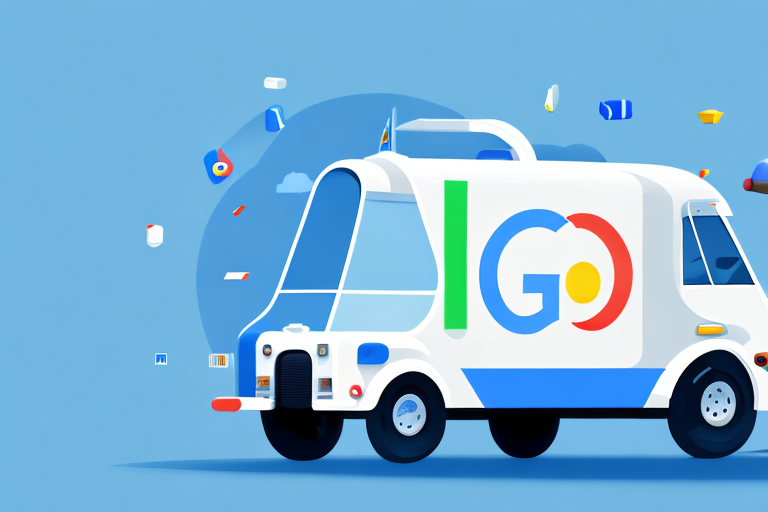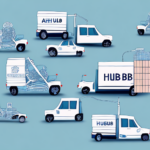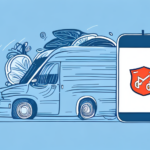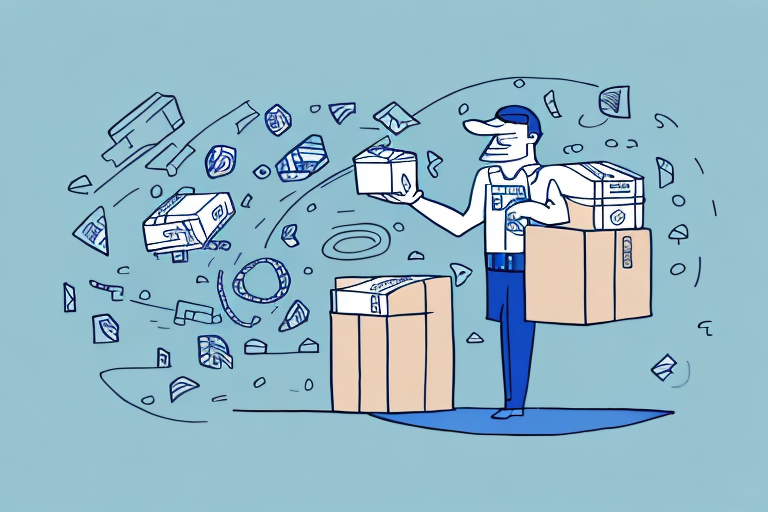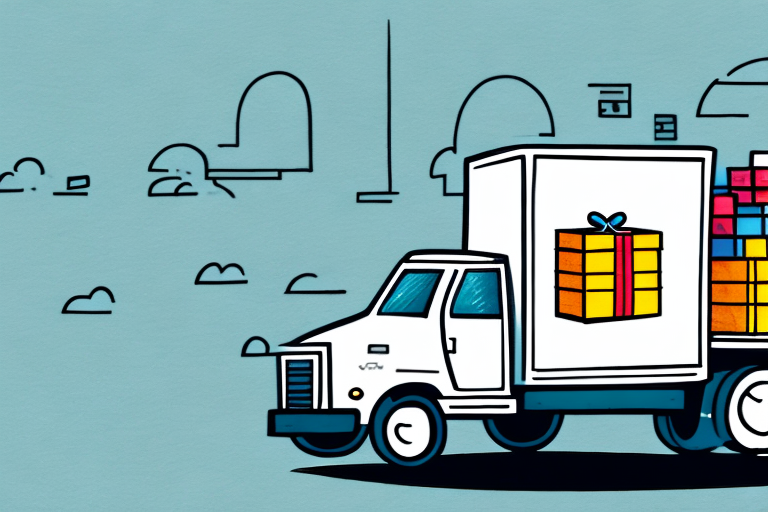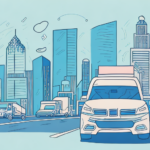Google Courier: A Revolutionary Delivery Service
The delivery industry has experienced significant transformations in recent years, driven by technological advancements that challenge traditional delivery models. Among these innovations, Google Courier emerges as a service poised to revolutionize the delivery landscape. This article explores the intricacies of Google Courier, its operational mechanisms, and the factors that distinguish it from conventional delivery services.
Disrupting the Delivery Industry with Google Courier
Google Courier leverages a network of independent contractors to facilitate the delivery of goods within designated areas. Unlike traditional delivery services that depend on centralized hubs and extensive vehicle fleets, Google Courier adopts a decentralized model, utilizing a pool of independent drivers to transport goods directly to customers.
- Flexibility and Responsiveness: The decentralized approach enables Google Courier to swiftly adapt to fluctuating demand and dynamic traffic conditions, ensuring timely deliveries.
- Competitive Pricing: By minimizing vehicle and manpower expenses, Google Courier can offer more affordable delivery options to its customers.
What truly sets Google Courier apart is its integration of advanced technology. By harnessing Google's expansive data network, the service optimizes delivery routes, anticipates traffic patterns, and provides real-time updates to customers. This technology-driven approach not only enhances transparency but also ensures that deliveries are executed efficiently.
Additionally, Google Courier prioritizes sustainability by committing to the use of electric and hybrid vehicles, thereby reducing its carbon footprint. This initiative aligns with global efforts to achieve carbon neutrality and sets a benchmark for other players in the delivery sector.
Technology Driving Google Courier's Success
Advanced Route Optimization
At the core of Google Courier lies a sophisticated set of algorithms that process data from multiple sources to fine-tune delivery routes. Integrating data from Google Maps allows drivers to navigate the most efficient paths, considering real-time traffic conditions, road closures, and other variables that can impact delivery times.
Predictive Analytics for Demand Forecasting
Google Courier employs predictive analytics to forecast demand fluctuations and adjust operations accordingly. For instance, during unexpected spikes in demand within specific regions, the service can allocate additional drivers to maintain punctual delivery schedules.
Machine Learning for Continuous Improvement
Utilizing machine learning, Google Courier continuously analyzes delivery data to refine its processes. This iterative learning enables the system to enhance delivery accuracy and speed over time, ensuring that the service remains efficient and reliable.
Environmental Sustainability
Committed to environmental stewardship, Google Courier emphasizes the use of electric vehicles and other sustainable transportation methods. This focus not only reduces the service’s environmental impact but also resonates with eco-conscious consumers and businesses.
Comprehensive Guide to Utilizing Google Courier
Becoming a Google Courier Contractor
To engage with Google Courier, individuals must register as contractors. The registration process includes submitting an application and successfully completing a background check. Upon approval, contractors gain access to the Google Courier app, enabling them to accept and manage delivery requests.
Efficient Delivery Management
Contractors receive detailed information about each delivery, including package specifics and destination details. The Google Courier app facilitates route planning, taking into account current traffic conditions and potential obstacles to determine the most efficient delivery path.
Real-Time Customer Updates
Throughout the delivery process, contractors can provide customers with real-time updates, including estimated delivery times and any adjustments to the delivery schedule. The app also allows for real-time package tracking, enhancing transparency and customer satisfaction.
Adhering to Delivery Standards
Google Courier enforces strict guidelines to ensure the safety and security of packages. Contractors are required to:
- Securely transport packages within their vehicles.
- Verify the recipient’s identity upon delivery.
- Report any incidents or issues encountered during deliveries.
Google Courier vs. Traditional Delivery Services
Flexibility and Responsiveness
Traditional delivery services typically operate through centralized hubs with fixed delivery schedules, which can limit their ability to adapt to sudden changes in demand or traffic conditions. In contrast, Google Courier's decentralized model offers greater flexibility and responsiveness, allowing for quicker adjustments to ensure timely deliveries.
Real-Time Tracking and Transparency
While many traditional services offer basic tracking features, Google Courier provides enhanced real-time tracking capabilities. Customers can monitor their packages at every stage of the delivery process, fostering higher levels of transparency and trust.
Cost-Effectiveness
By reducing overhead costs associated with maintaining large vehicle fleets and centralized facilities, Google Courier can offer more competitive pricing. This cost advantage can be particularly beneficial for businesses seeking affordable delivery solutions.
Service Range and Capabilities
Traditional delivery services often boast extensive networks capable of handling large-scale and complex deliveries. Google Courier, while highly efficient, may currently offer a more limited range of services, making it ideal for standard deliveries but potentially less suited for specialized or bulk shipments.
Security and Privacy
Both Google Courier and traditional delivery services implement security measures to protect customer information. However, Google Courier's reliance on data analytics and predictive systems necessitates robust data protection protocols to address potential privacy concerns.
Benefits of Google Courier for Small Businesses
Enhanced Competitiveness
Small businesses can leverage Google Courier's flexible and responsive delivery options to compete more effectively with larger retailers and e-commerce giants. Faster and more reliable delivery services can attract and retain customers, fostering business growth.
Customer Base Expansion
By offering convenient and efficient delivery solutions, small businesses can broaden their customer base. The ability to provide real-time tracking and timely deliveries enhances customer satisfaction, encouraging repeat business and positive word-of-mouth referrals.
Streamlined Shipping Processes
Google Courier's integrated platform allows small businesses to manage their shipping and delivery operations seamlessly. This consolidation reduces the need for multiple systems, saving time and resources and enabling businesses to focus on core operations.
Impact of Google Courier on Delivery Times and Costs
Optimized Delivery Routes
Google Courier's advanced route optimization algorithms ensure that deliveries are made swiftly and efficiently. By minimizing delays caused by traffic congestion and other disruptions, the service enhances overall delivery times.
Cost Reduction
Utilizing independent contractors helps Google Courier lower delivery costs by eliminating the need for maintaining large fleets and reducing fixed expenses. These cost savings can be passed on to customers, making the service more economically attractive.
Enhanced Efficiency and Accuracy
The integration of real-time tracking and monitoring systems improves the accuracy of deliveries, reducing instances of missed or delayed packages. This efficiency not only boosts customer satisfaction but also minimizes operational costs associated with handling delivery errors.
Google Courier: The Future of Last-Mile Delivery
With the continued growth of e-commerce, the demand for efficient last-mile delivery services is escalating. Google Courier's blend of technology and flexible delivery models positions it as a potential leader in this space. By offering real-time tracking, adaptable delivery options, and competitive pricing, Google Courier addresses the key challenges of last-mile delivery.
Moreover, Google Courier's commitment to sustainability through the use of electric vehicles aligns with global environmental goals, appealing to eco-conscious consumers and businesses alike. As the delivery industry evolves, services like Google Courier are likely to set new standards for efficiency, transparency, and sustainability.
Advantages and Disadvantages of Google Courier
Advantages
- Real-Time Tracking: Provides customers with up-to-the-minute updates on their package status.
- Flexible Delivery Options: Adapts to varying demand and traffic conditions for efficient deliveries.
- Competitive Pricing: Offers cost-effective delivery solutions by reducing operational expenses.
Disadvantages
- Consistency Challenges: Reliance on independent contractors may result in variable delivery quality across different regions.
- Privacy Concerns: Extensive data collection and analysis raise potential issues regarding customer privacy.
- Limited Availability: Currently operational in select cities and regions, which may restrict access for some customers.
Getting Started with Google Courier: A Beginner's Guide
Step 1: Contractor Registration
Prospective contractors must complete an application process, including a background check, to join Google Courier. Approval grants access to the Google Courier app, the primary tool for managing deliveries.
Step 2: Using the Google Courier App
Upon receiving delivery requests through the app, contractors can view package details and delivery locations. The app facilitates efficient route planning by integrating real-time traffic data and other relevant information.
Step 3: Managing Deliveries
After picking up a package, contractors can update customers with real-time delivery status, including estimated arrival times. The app also enables confirmation of successful deliveries, ensuring transparency and reliability.
Conclusion
Google Courier represents a significant advancement in the delivery industry, offering a more flexible, technology-driven, and cost-effective alternative to traditional delivery services. Its emphasis on real-time tracking, sustainability, and efficiency positions it well to meet the evolving demands of the modern e-commerce market.
However, businesses and consumers must consider both the advantages and potential drawbacks of using Google Courier. Factors such as service availability, delivery consistency, and data privacy are crucial in determining whether Google Courier aligns with specific needs and priorities. By carefully evaluating these aspects, stakeholders can make informed decisions about integrating Google Courier into their delivery strategies.















